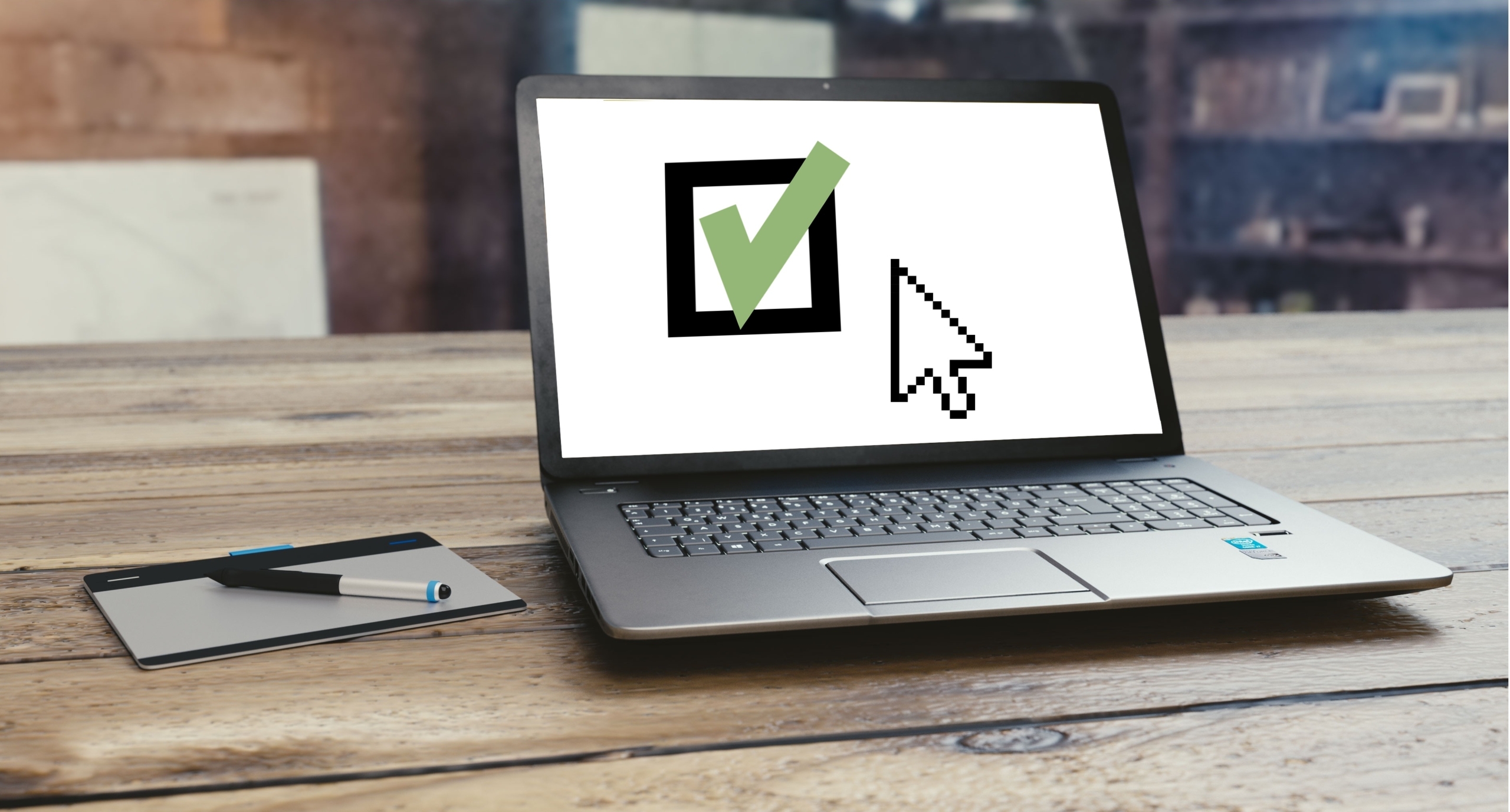Are you considering implementing specialised EHS software for the first time? Or perhaps you’re replacing an existing system? There’s quite a choice out there, which is good in many ways, but can be daunting. And that’s especially true if it’s the first time you have ‘gone paperless’. Putting in the extra effort at the outset to make sure you get it ‘Right First Time’ applies here as much as anywhere in business. Unfortunately, the wrong decision can be costly both financially and from a people engagement perspective.
The breakneck speed of development in IT over the last decade makes it a real possibility for increasing numbers of organisations to look at implementing quite sophisticated EHS software. Software that no longer has 5 or 6 zeroes attached to the price tag! The range of software on offer makes it crucial that you spend time up front deciding what to go for. But you also need to consider who to buy from, and be crystal clear in your decision-making process. A bad decision will be expensive so take the time to be clear about your needs. Take into account who can meet them, how reliable they are and are they likely to be around in another 5 or 10 years.

But how do you do this?
Here at Mirashare, we’ve been involved in quite a few tenders over the last 20 years. That’s helped us identify some common themes and potential pitfalls that we’d like to share. We think you’ll find these pointers useful in terms of finding health and safety software that’s right for your organisation.
Be clear about what you are trying to achieve
It may sound obvious, but as a business you need to be clear about what you want to achieve and understand your own processes. This in turn helps you determine what you want to streamline and how different offerings may (or may not!) help you achieve this. Document your requirements clearly and highlight the benefits. Ask yourself questions like ‘Do I want an integrated HSE solution where all my Risk Assessments are in one place’, ‘Do I need different people within the business to have different access levels?’. Clear requirements mean you won’t get side-lined into buying something you don’t need. Or similarly paying for an overly complex solution where you only use 10% of its capability. Always ask for a free, no obligation demonstration of the system (most providers offer this). And do make sure you have some pre-prepared questions.
Keeping end users at the heart of every decision you make
During any scoping process, end users and their needs must be the focus. Not the IT department, HR or anything else. Do you want them to report Incidents whilst on site, access Audits and Inspections that are easy to complete? Do you want to encourage increased reporting of Near Misses? Understanding your users’ needs, and how you meet them, is an important part of any change process. Therefore make sure you take them on the journey with you.
How do I get recorded data back out in a meaningful way?
Creating relevant and meaningful reports and accessing real-time data has to be one of the reasons you are looking for cloud-based Health and Safety Software. So, determine how you want to report. Assess how quick and easy it is to access reports, and can they be configured simply and with minimum effort. And make sure you are not reinventing the wheel every time you want to run a report! Insightful reporting should be a key feature of any solution you are looking at. Reporting should empower your business to meet and exceed basic compliance. Therefore, make sure it really does add value!
Only buy what you need, and make sure you understand how it’s costed
Don’t be afraid to ask for an indication of costs right at the beginning of your research. Be clear about exactly what you are paying for, and if a modular approach is offered, only pay for what you use. Does the cost structure have the flexibility you need if you are expanding? If it’s per user, for example, this could become very expensive, very quickly! Make sure you understand the difference between perpetual licencing (you buy the software outright but have to pay for future upgrades) and things like Software as a Service (SaaS, where you typically pay a subscription and get upgrades and support included).
Think through your approach to implementation
Keeping things as clear and uncomplicated as you can is the key to a successful EHS Software implementation. Many fail because they are overly complex or ill-defined or, worst of all, don’t have the backing of both top management and the EHS team. Don’t be afraid to ask questions about how long the scoping phase is. Also ensure you understand how business requirements will be gathered and translated. And its equally as important to ascertain how long it will take and how much training will be involved.
Getting the right level of support
What level of support are you looking for? Do you want an off the shelf solution that puts implementation firmly in your court with a quick handshake from the supplier, or do you want a supported implementation, aftercare and service and agreed service levels? Do you want to build a partnership with the software provider that reaches beyond implementation, and if so, do they really understand the environment in which you operate, your needs, and can quickly translate those into a software solution for you?
We hope you have found our article interesting, and it has highlighted relevant areas when considering which EHS software to go for.
